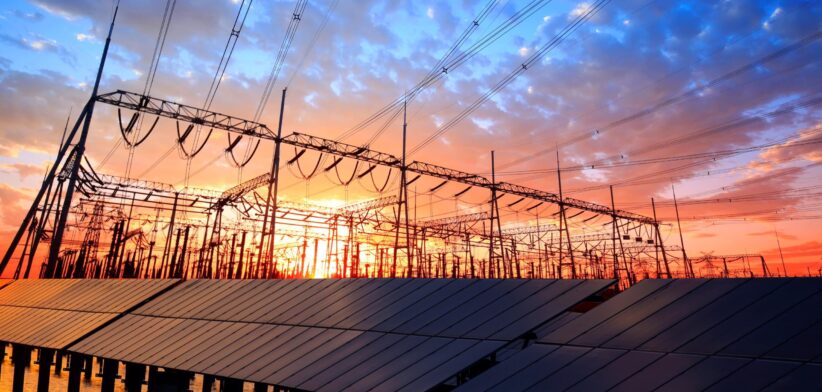Low-emissions sources are on track to generate more than half of the world’s electricity before 2030, but geopolitical tensions remain an underlying risk to the clean energy transition.
The International Energy Agency’s (IEA) latest World Energy Outlook report found clean energy was entering the energy system at an unprecedented rate, but deployment was far from uniform across technologies and markets.
IEA Executive Director Fatih Birol said governments and consumers were facing critical choices as a period of more ample supplies neared and surging electricity demand reshaped energy security.
Dr Birol said regional conflicts and geopolitical strains were highlighting significant fragilities in the global energy system.
He said there was a need for stronger policies and greater investments to accelerate and expand the transition to cleaner and more secure technologies.
“Today’s geopolitical tensions and fragmentation are creating major risks both for energy security and for global action on reducing greenhouse gas emissions.”
Dr Birol said the report’s projections, based on today’s policy settings, indicated the world was set to enter a new energy market context in the coming years, marked by continued geopolitical hazards, but also by relatively abundant supply of multiple fuels and technologies.
He said this included an overhang of oil and liquefied natural gas (LNG) supply coming into view during the second half of the 2020s, alongside a large surfeit of manufacturing capacity for some key clean energy technologies, notably solar PV and batteries.
“In the second half of this decade, the prospect of more ample, or even surplus, supplies of oil and natural gas, depending on how geopolitical tensions evolve, would move us into a very different energy world from the one we have experienced in recent years during the global energy crisis.
“Low-emissions sources are set to generate more than half of the world’s electricity before 2030 and demand for all three fossil fuels – coal, oil and gas- is still projected to peak by the end of the decade.”
Dr Birol said this would put downward pressure on prices, providing some relief for consumers that had been hit hard by price spikes.
He said the breathing space from fuel price pressures could provide policymakers with room to focus on stepping up investments in clean energy transitions and removing inefficient fossil fuel subsidies.
“This means government policies and consumer choices will have huge consequences for the future of the energy sector and for tackling climate change.”
Read the full report: World Energy Outlook 2024








